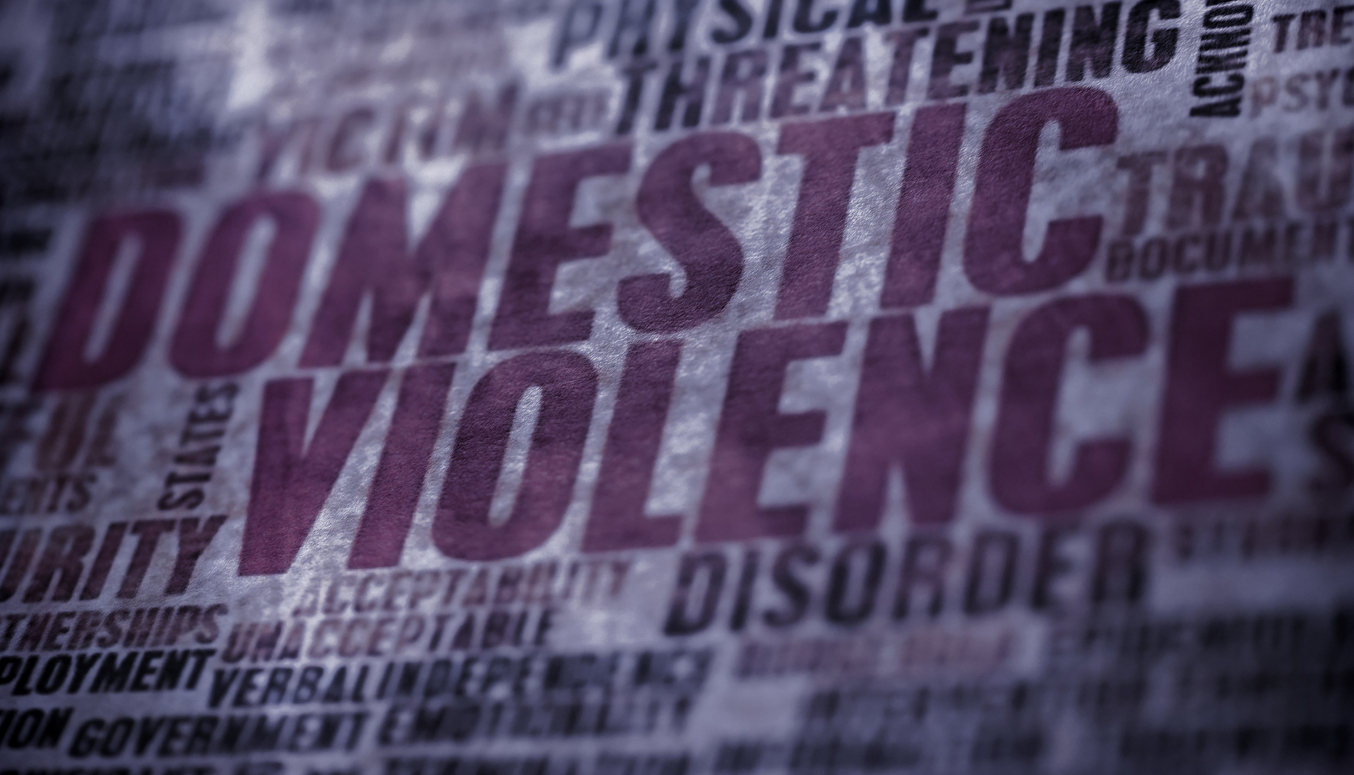Living with Chronic Pain
Domestic Violence and Chronic Pain

What is domestic violence?
Domestic violence, or intimate partner violence (IPV), is abuse from an intimate partner, including current or former partners. Abuse may be finanical, emotional, physical, psychological, sexual, stalking, or threats of violence. It may occur once, a few times, or be ongoing. Domestic violence is a dangerous situation.
Domestic violence can happen at any age and to any gender; however, women are most targeted. It occurs in both heterosexual and same-sex relationships. Teen dating violence (TDV) occurs in adolescents and affects millions of teens each year.
Examples of domestic violence
An abusive relationship is not always easy to identify. It includes the use of intimidating, hurtful words and behaviors to control a partner. Abuse can be sudden and aggressive, or may begin subtly and worsen over time. Examples of domestic violence include, but are not limited to, the following:
- Name-calling or insults
- Isolation
- Control of money, friends, clothing, medications, etc.
- Jealousy, possessiveness or anger
- Threats of violence
- Physical abuse, such as hitting, kicking, shoving, slapping, choking, etc., to yourself, children, pets, family, friends, etc.
- Forced intercourse or sexual acts
- Blaming others for violent behavior
- Threats to reveal secrets
- Justifying abuse
- Questions faithfulness, sexuality, or gender identity
Domestic violence and chronic pain
A potential consequence of domestic violence is chronic pain. Chronic pain can result or worsen from injuries, especially if repeated over time. Examples are headaches, migraines, back pain, abdominal pain, neurological changes, etc. Other negative health outcomes include conditions of the muscle, bone, heart, reproductive system, nervous system, and heart.
Chronic pain can also be caused or worsened by post-traumatic stress disorder (PTSD). PTSD is a mental health condition that is triggered by experiencing or witnessing a traumatic event and commonly occurs with domestic violence. PTSD increases inflammation, which contributes to pain.
Domestic violence often leads to depression, which causes increased pain sensitivity. Anxiety may result from domestic violence, which leads to more frequent or severe pain.
The stress of domestic violence increases cortisol levels. Stress increases the risk of cancer, autoimmune diseases, gastrointestinal issues, and cardiovascular disease. High blood pressure associated with stress could result in a stroke. Stress causes tension in the muscles, which can cause or increase pain. When stress is chronic, muscles are frequently in a constant state of tension. Diabetes and asthma may result or exacerbate due to the stress of domestic violence.
What to do?
If your life is in danger, call 911 immediately. Move to a locked part of the home, or leave if possible. Individuals experiencing domestic violence should devise a way to safely exit the relationship. This may include telling a family member or friend, or contacting a domestic violence hotline, healthcare provider, or crisis center. These individuals and organizations can help with creating a safety plan for leaving the relationship.
Individuals who experience chronic pain as a result of domestic violence should seek assistance from a health care professional. There are various treatments that can support physical and mental health, while reducing or eliminating chronic pain.
Where to get help
For individuals in the US, National Domestic Violence Hotline 1-800-799-7233 or National Resource Center on Domestic Violence 1-800-537-2238
For individuals in Canada, Sheltersafe, Canadian Womens Foundation, or Ending Violence Association of Canada
Additional sources: Florida State University and Pain Doctor

















